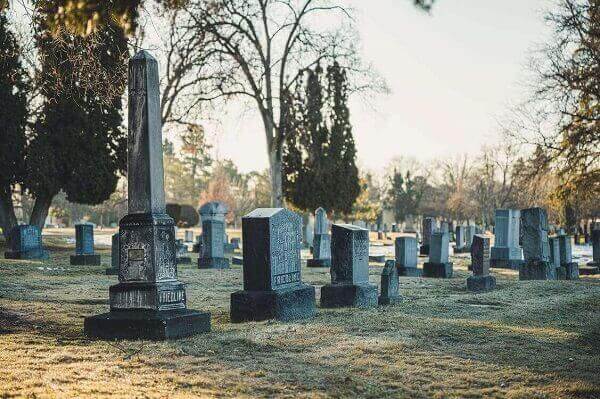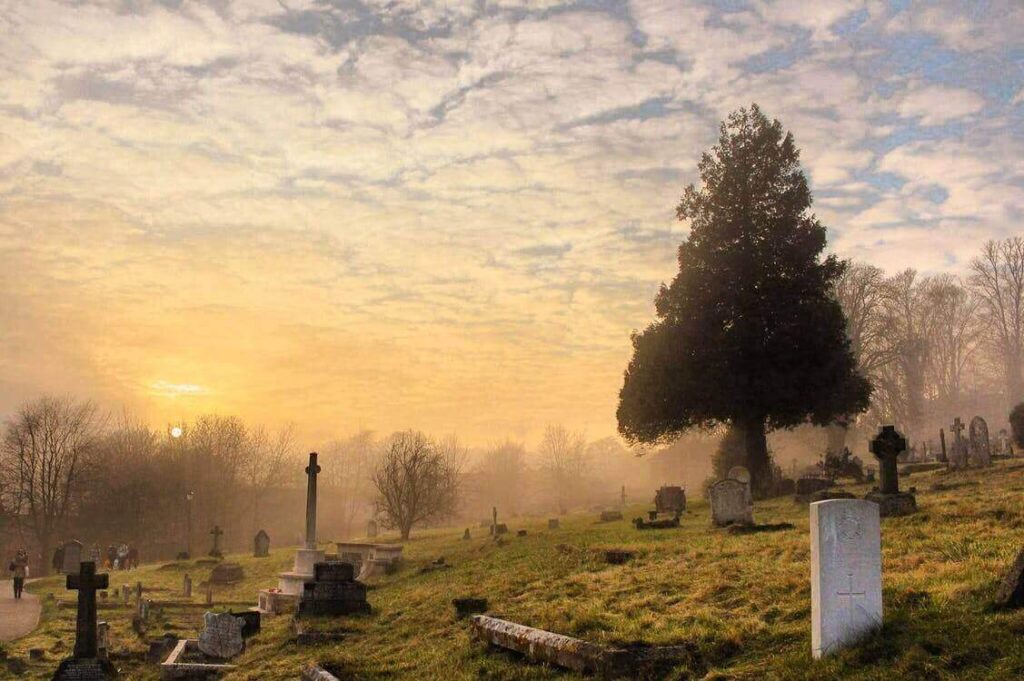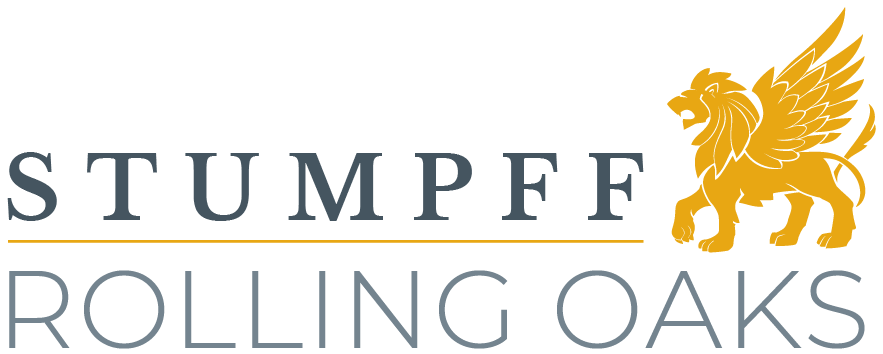The Role of Cemeteries in Ecosystem Conservation

Preserving biodiversity and natural habitats has become an urgent priority in the modern world, and seemingly unlikely places play a significant role. Among these surprising frontiers of ecosystem conservation is the memorial park cemetery near Broken Arrow, OK. Functioning more than just a resting place for the departed, these sacred grounds transform into sanctuaries for flora and fauna. This study aims to elucidate the importance of cemeteries like these in sustaining local biodiversity, preserving indigenous species, and offering shelter for urban wildlife. By delving into the ecological potential of these quiet refuges, we can broaden our understanding and approaches to urban ecosystem conservation.
Unveiling the Ecological Potential of Cemeteries
Cemeteries have long been viewed solely as places for quiet contemplation and remembrance. However, they also possess significant ecological potential. Amidst our rapidly urbanizing landscapes, cemeteries often harbor mature trees, undisturbed soil, and a variety of native flora and fauna that can no longer be found in the surrounding areas. These green spaces provide essential habitats, food resources, and corridors for wildlife. Understanding and appreciating this potential can help us further leverage these spaces for urban biodiversity conservation.
The Conservation Role of Native Flora in Cemeteries
Cemeteries’ plant species often represent the region’s indigenous flora. These native plants are essential to ecosystem conservation by providing food and shelter for local wildlife species. They also help maintain soil fertility and stability, reducing erosion and promoting carbon sequestration. Native plants often have deep-rooted symbiotic relationships with local insects and birds, encouraging diverse wildlife to flourish within the cemetery’s boundaries.
Urban Wildlife and Cemeteries: A Symbiotic Relationship
Cemeteries, especially in urban areas, are crucial refuges for various wildlife species. From insects to birds and small mammals, these sites offer shelter, food, and nesting spaces amidst concrete jungles. Wildlife contributes to the ecosystem’s overall health, assisting in pollination, seed dispersal, and pest control. Moreover, urban residents enjoy encounters with nature in these spaces, fostering a sense of appreciation and responsibility toward biodiversity conservation.
The Sustainability Aspect: Green Burial Practices
Recently, a trend has been towards more sustainable burial practices, such as green burials, emphasizing minimal environmental impact. These practices forgo traditional methods that use non-degradable materials and toxic chemicals, instead opting for biodegradable coffins or shrouds and avoiding embalming. This reduces the ecological footprint of the burial process and allows the cemetery to serve as a functioning ecosystem, promoting the growth of native species and encouraging the presence of wildlife.
Future Perspectives: Cemeteries as Spaces for Conservation Education
Given the unique role cemeteries play in urban ecosystems, there’s an opportunity to use these spaces for conservation education. This could involve informational plaques about the local flora and fauna, guided tours focused on biodiversity, or community engagement events to promote conservation efforts. Such initiatives could heighten public awareness about the importance of urban biodiversity and inspire community participation in ecosystem conservation efforts within cemeteries and other urban green spaces.

In conclusion, places like the memorial park cemetery near Broken Arrow, OK, stand testament to the fact that conservation can occur in the most unexpected locales. These cemeteries, serving as quiet repositories of remembrance, are also unsung heroes of urban ecology, nurturing diverse species and aiding biodiversity. Therefore, we must recognize, protect, and enhance these green spaces. We urge the initiation of sustainable practices, the encouragement of native species growth, and the active involvement of communities to understand and preserve these valuable ecosystems. This is our chance to honor our past and our future by supporting life in all its forms.

